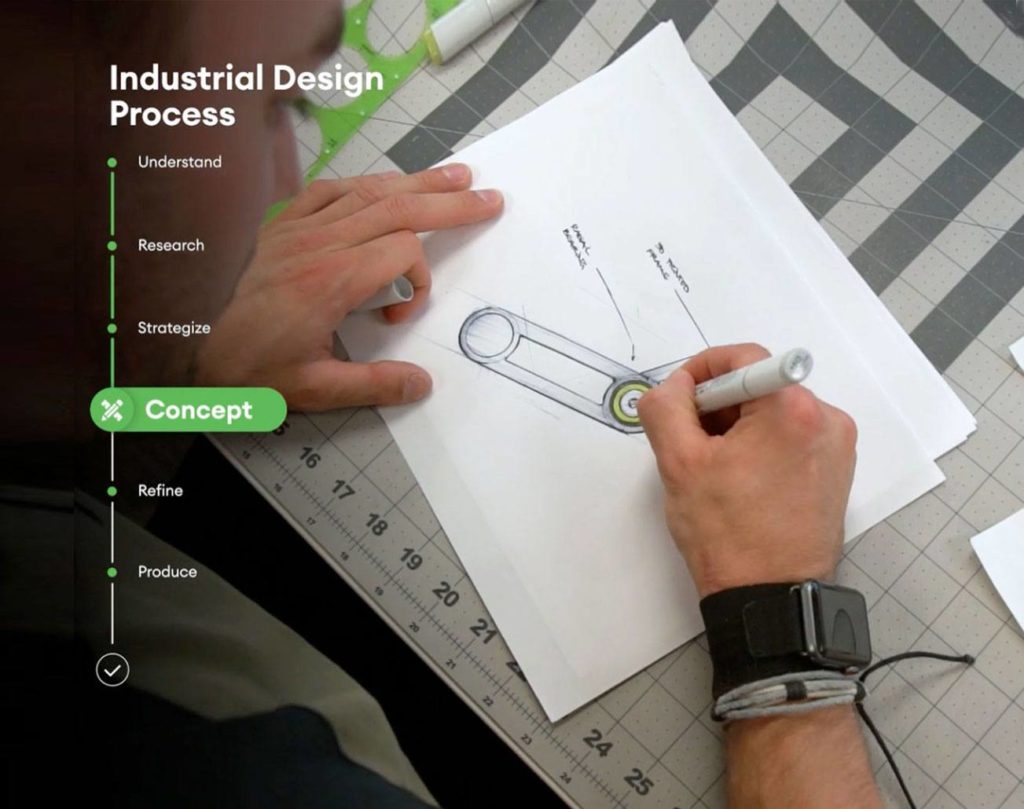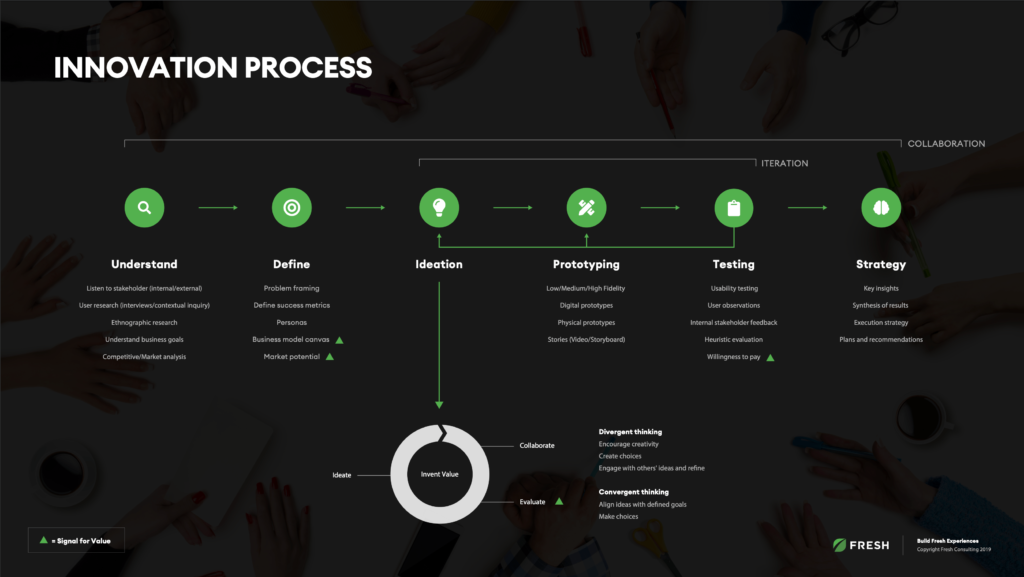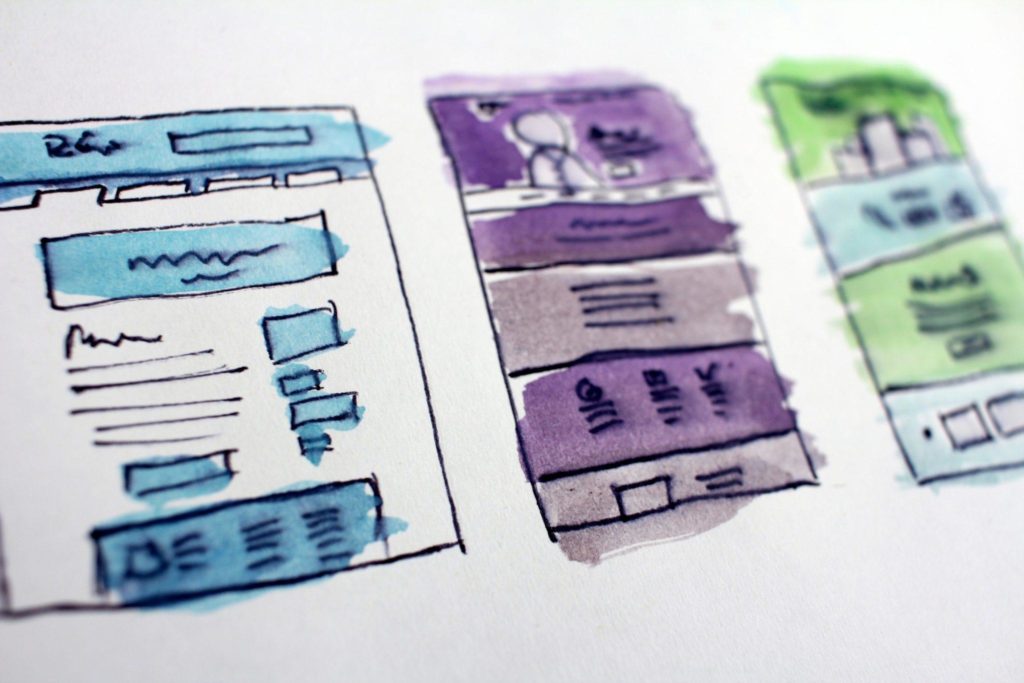Article
UI/UX Principle #18: Strive for Simplicity and Clarity Above All

Simplicity is at the Heart of Usability
The main function of Google Chrome is to allow you to type into a search field in the center of the page, hit enter, and get results. It’s dead simple and incredibly clear: easy to understand, easy to use, and it allows you to easily accomplish your goal with a minimum of thought and problem solving.
Usability is often related to keeping things simple. But to make something highly usable, it takes sophistication, planning, and coordinating a variety of elements.
Simplicity isn’t easy to design. And the design principles that went into creating Google Chrome won’t apply to every product. In fact, simplicity is really difficult to accomplish, and its meaning depends on context.
“Simple” is Actually Layered Complexity
Chrome sets a good example by layering in complexity in a highly usable way. Sometimes you need 30 controls, but do they need to be on the main page?
Navigating to the top right corner of the screen, you have the option to access email, your calendar, Google Drive, or a variety of other applications. Chrome is as straightforward as you want it to be (at its core, it’s a web browser), but Google did an amazing job layering in complexity, making functionality easy to understand and connected products easy to access.
Robert Hoekman Jr. writes “When many [designers] say ‘simple,’ they mean to describe something incredibly easy to use. When others say it, they’re referencing the relative complexity of a thing, whether it’s a problem, a solution, a piece of code, or something else. [ . . . ] To us, simplicity is a high goal of design.”
Regardless of your definition of simplicity, it has to be an ideal you strive for in all aspects of design. It involves a product being easy to use regardless of its complexity.
Simple Experiences Can Encourage Engagement and Catch Short Attention Spans
In creating an engaging experience, you’re faced with a few challenges: the importance of simplicity and clarity, the competition inherent to creating and launching products in a saturated market, and the fact that people are busier than ever. What’s more? There are millions of high-quality websites and perhaps dozens of competing products vying for your users’ attention.
In Making Simple Ideas Simpler, Jenny Reeves writes “As attention spans contract and peoples’ lives grow ever busier, users are raising their standards for intuitive usability. If an app even seems remotely difficult to use, many users won’t bother to install it. They’ve developed a set of expectations for speed, functionality, and design, and it’s up to designers to at least meet those expectations (if not exceed them).”
Therein lies the importance of simplicity and clarity – users want speed, functionality, and intuitive usability. The nature of their attention spans demands it. By keeping designs simple and keeping interfaces clear and straightforward, you increase your chances of satisfying the demand for speed, functionality, and usability.
Lean Products Make Robust Experiences
As you create your product – be it an application or website – think about how you can make it a more streamlined experience:
- How can you make interactions more straightforward?
- Can the layout of your page could be reorganized to make navigation more intuitive?
- Could you choose colors and images that better fit with the overall design?
- Is the purpose of each interface exceedingly clear?
These are important questions to answer, and they play a strong part in making something simple and easy to use.
Something lean, simple, and lovable optimizes for speed, accounts for functionality, and incorporates design elements that enhance the overall experience. A product that is lean and lovable can capture people’s attention and put you above the competition.









